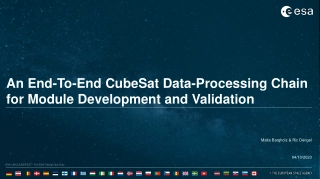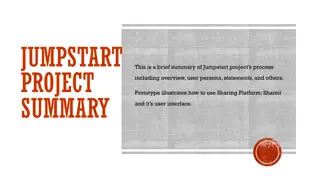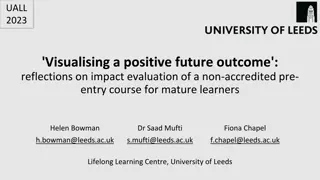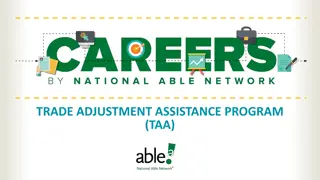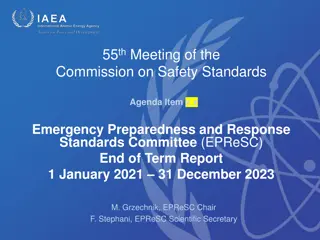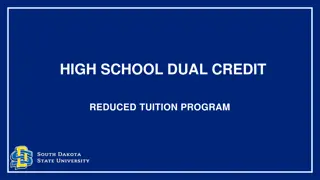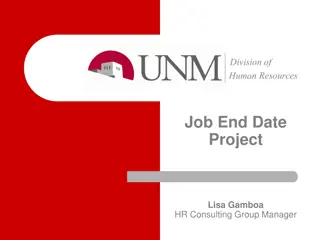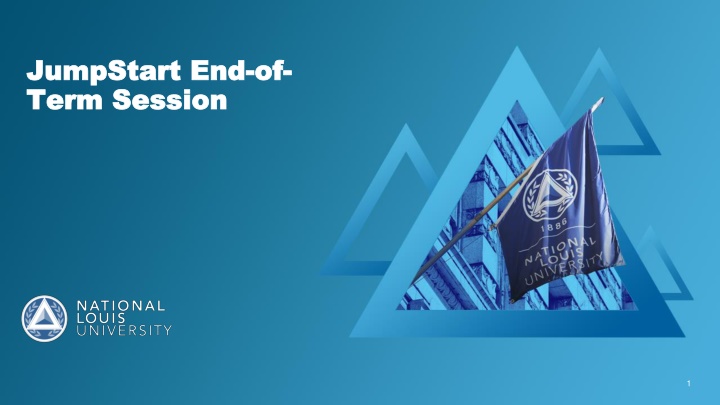
Wrapping up Term Session: Grading, Feedback, and Reflections
Explore the end-of-term activities including feedback for students, entering grades in Banner, and reflecting on the term's process and practice. Discover tips for providing effective feedback, utilizing IDEA surveys, and transitioning grades from D2L to Banner.
Download Presentation

Please find below an Image/Link to download the presentation.
The content on the website is provided AS IS for your information and personal use only. It may not be sold, licensed, or shared on other websites without obtaining consent from the author. If you encounter any issues during the download, it is possible that the publisher has removed the file from their server.
You are allowed to download the files provided on this website for personal or commercial use, subject to the condition that they are used lawfully. All files are the property of their respective owners.
The content on the website is provided AS IS for your information and personal use only. It may not be sold, licensed, or shared on other websites without obtaining consent from the author.
E N D
Presentation Transcript
JumpStart End JumpStart End- -of Term Session Term Session of- - 1
Agenda Feedback for Students: Grading and Formative Feedback Feedback from Students: IDEA Scores Wrapping-up: Entering Grades in Banner Reflections: Your Process and Practice Course Wrap-up Resources on CTLE Website 2
Feedback for Students: Grading and Formative Feedback Grading is done via the rubric tool in D2L which the student has access to as well Ensures everyone is the same page Sets expectations that students can clearly see Makes the process as objective as possible Be sure to add comments, not just scores Feedback or Feedforward will help students far more than a number on a rubric Be specific about where students need to improve going forward Provide examples of how to improve arguments Sometimes using the rubric isn t enough there are a number of tools you can use to communicate with students. 3
Feedback from Students: IDEA Surveys IDEA Surveys are NLU s instructor and course evaluations completed by students each term (Sent by Stacy Vlahakis) They give you anonymous insights into your teaching practices and course content This valuable data can be used to demonstrate teaching effectiveness Demonstrating that you internalize this feedback and make changes to your teaching demonstrates your growth mindset (Tell us about a recent insight you have had) Encourage students to complete the IDEA surveys by posting an announcement and sending reminder emails/texts. IDEA Survey Dashboard Link for Students to Access IDEA Sample IDEA email 4
Wrapping-up: Entering Grades in Banner After your grades are complete in D2L, they need to be transferred to Banner We ve got a tutorial for that! Entering Grades in Banner 5
Reflections: Your Process and Practice When your class has wrapped-up, it is time to reflect on the term What does this process typically look like for you? Throughout this term, you have seen emails or information on the Center for Teaching and Learning Excellence website regarding the Teaching Excellence Framework. I encourage you to reflect on the term through that lens: Subject Matter Guide Designer and Teacher Community Builder 6
Sample Reflections Subject Matter Reflection What are some creative ways that I brought my work outside of NLU to the classroom this term? What personal experiences from the field did I share with students (or ask them to share) to bring the subject matter to life? Designer and Teacher Reflection What PD or Faculty Forums did I attend to improve my instructional practices? What would I do differently the next time I teach this course? Community Builder Reflection What efforts did I make this term to incorporate all student perspectives into my course? What strategies did I implement this term to create a more engaging environment for my students? What would I do differently to make deeper connections with students the next time I teach this course? All of these (and more) can be found here: Course Reflections 7

